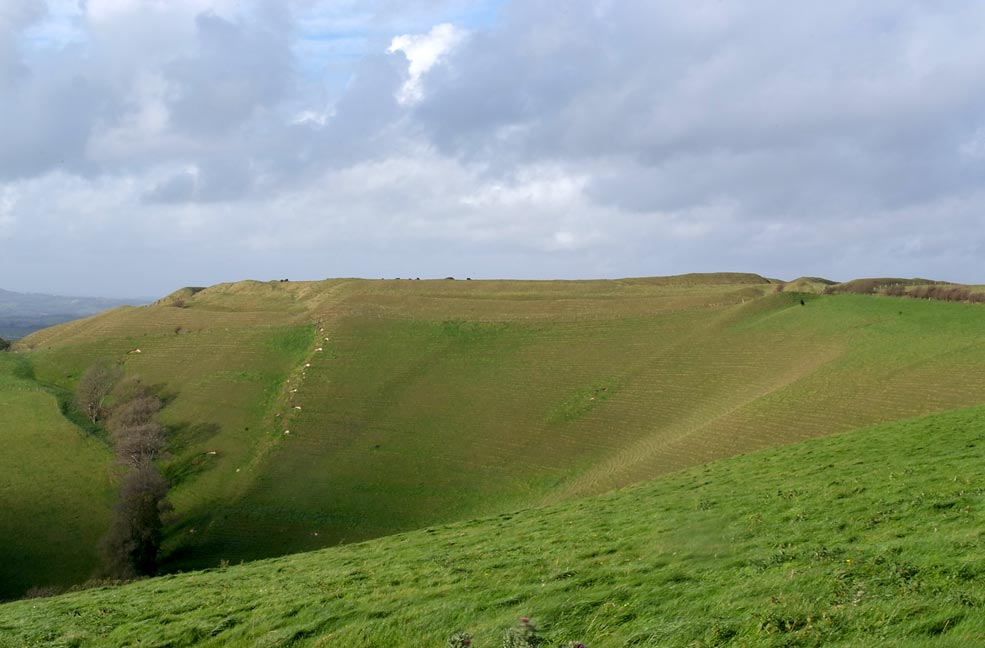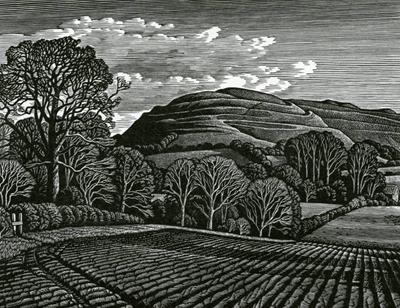
Over history, humans have entered into transactions with our faery neighbours but, whatever their attractions, these deals can incorporate some very hard terms- aspects that might well make us think twice about such contracts. Either the human party to the deal may be cheated or- far worse- they may find that the price exacted is one they would not choose to pay.
A prime illustration of this must be a son of the MacCrimmon family, pipers to clan MacLeod on Skye. The boy lacked the bagpiping skills that were a talent of the rest of his family. He was approached by the faery queen with a proposal that she give him a silver chanter which would endow him with incomparable skill on the instrument- at a price. The cost of the gift was that, after seven years, he would have to meet her again. He agreed to this and found great fame and reward with his newly acquired expertise but, on the appointed day, he returned to meet the queen- and was never seen again.
A comparably tragic tale comes from Loch Guinach, near Kingussie in the Highlands. A very poor man who could not support his family went to the loch in despair, intending to drown himself. He met a faery woman there who promised that she’d make him prosperous, on condition that whatever he met on first returning to his home would become hers in a year’s time. The man consented to this. As he got home his entire family rushed out to meet him, but fortunately his dog raced ahead and got to him first. The man ought to have been relieved that neither his wife or any of his children had been quicker, but he was very attached to this particular animal and, a year later, refused to give it to the bean sith. Instead, he offered himself- and the faery didn’t quibble. He was told to come again after another year, but in the meantime she kept the dog. At the next meeting, she gave him a puppy his dog had produced and told him that he would only see the old dog one more time. This proved to be true. Many years later the man was in his sheepfold when the old dog suddenly appeared and barked three times. He realised that this was an instruction that, in three days time, he must go to the loch and there he would die.
Even when a bargain goes against the faeries’ immediate interests, they’re able to turn it to their favour in the longer term. So, a man called Robin Oig was hunting in Glenmore one day when he met a party of fairies marching with music. He claimed a fine set of bag pipes with silver, jewelled chanter and drones by means of the time-honoured trick of throwing his bonnet and crying out “What’s mine is yours and what’s yours is mine.” The faeries had to agree to the exchange and to relinquish the pipes to him, being obliged to comply with this formula, but when he got home, he discovered what he had obtained was a puff ball mushroom with some broken spikes of grass stuck in it.
Our Good Neighbours are always beside us and seem to have a canny knowledge of our weaknesses. They know what humans won’t be able to resist- and how to come out on top in transactions. This isn’t to say that they can’t be tricked or out-negotiated, but the best advice is probably not to overestimate your cleverness or your bargaining skills- and always to be cautious and wary.












